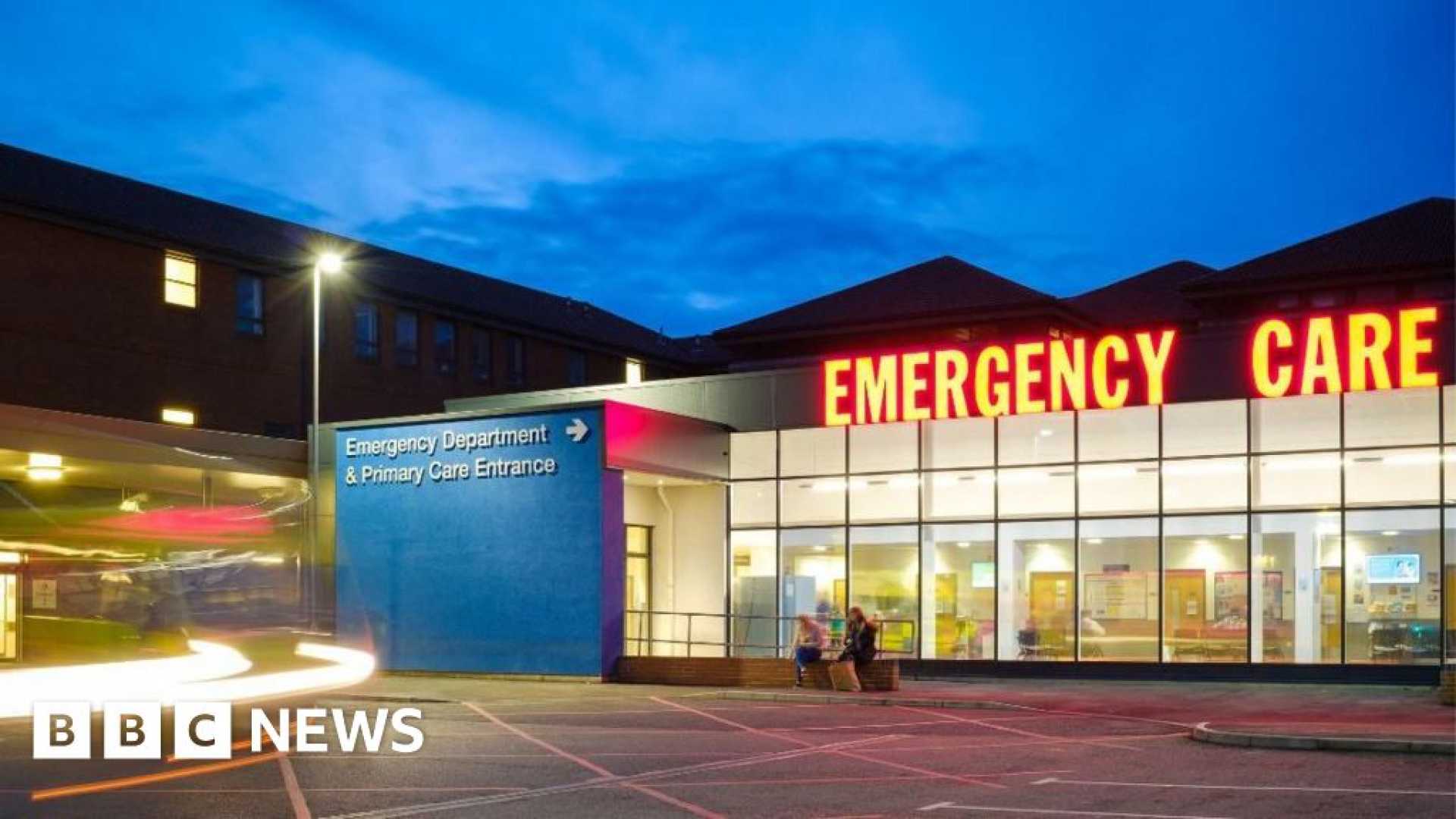Health
Norovirus Surges to Six-Year High Amid ‘Quad-Demic’ in U.S.

ATLANTA, Ga. — Norovirus cases in the United States have surged to their highest levels in six years, according to data from the Centers for Disease Control and Prevention (CDC). The spike comes as the nation grapples with a simultaneous rise in COVID-19, flu, and respiratory syncytial virus (RSV), creating what some experts are calling a “quad-demic.”
As of the week ending Jan. 4, 2025, 27.91% of norovirus tests returned positive, marking the highest positivity rate since 2019. Meanwhile, respiratory viruses are also circulating widely, with 18.6% of flu tests, 11.6% of RSV tests, and 6.9% of COVID-19 tests showing positive results. Emergency department visits for flu and RSV are classified as “high” and “very high,” respectively, while COVID-19 visits remain “elevated” nationwide.
“All of these viruses, including norovirus, classically go up in the winter months,” said Dr. Scott Roberts, medical director of infection prevention at Yale New Haven Health. “But the rate of increase has been especially concerning.”
Hospitals across the country are reporting near-capacity conditions, with patients facing long wait times in emergency departments. Dr. Matthew Sims, director of infectious disease research for Corewell Health in Michigan, noted that many patients are being admitted for flu and COVID-19. “We are seeing patients who are having to wait before they can get transferred to a room,” Sims said. “The hospital itself is pretty full.”
At Yale New Haven Health, approximately 10% of the hospital’s 1,500 beds are occupied by patients with COVID-19, flu, or RSV. While this is below the peak seen during the first wave of COVID-19 in 2020, the strain on the system remains significant. “Hospitals are near 100% capacity almost all the time,” Roberts said. “Adding an extra 100 patients with respiratory viral disease really taxes the system.”
Doctors are urging patients with mild symptoms to consider virtual visits or urgent care centers to alleviate pressure on hospitals. The simultaneous rise in norovirus cases, which typically peak in winter, has added an unusual challenge. “Getting hit with norovirus at the same time that we’re hitting the peak of respiratory viruses—that’s the part that’s a little bit atypical,” said Dr. Katie Passaretti, enterprise chief epidemiologist at Atrium Health in Charlotte, North Carolina.
The CDC attributes the norovirus surge to a new strain circulating this season. “Exposure to one strain does not necessarily protect against all strains,” a CDC spokesperson said. Increased testing availability may also be contributing to the higher case numbers.
To curb the spread, hospitals are implementing stricter measures. Atrium Health has mandated masks in patient care areas, while Novant Health in North Carolina has restricted visitors under the age of 13. “Children can often carry viruses and not be as symptomatic as adults,” said Dr. David Priest, chief safety and quality officer at Novant Health.
Vaccination rates for respiratory viruses remain low, raising concerns about the healthcare system’s ability to manage the surge. As of Jan. 4, only 43.4% of adults were vaccinated against the flu, 22.8% had received the updated COVID-19 vaccine, and 44.5% of adults aged 75 and older had been vaccinated against RSV. “Our vaccination rates for many of these diseases are very low,” Roberts said. “The best method of prevention is vaccination.”
With no vaccine available for norovirus, the CDC emphasizes the importance of handwashing and staying home when sick. As the nation navigates this unprecedented viral season, healthcare providers are bracing for continued challenges.












